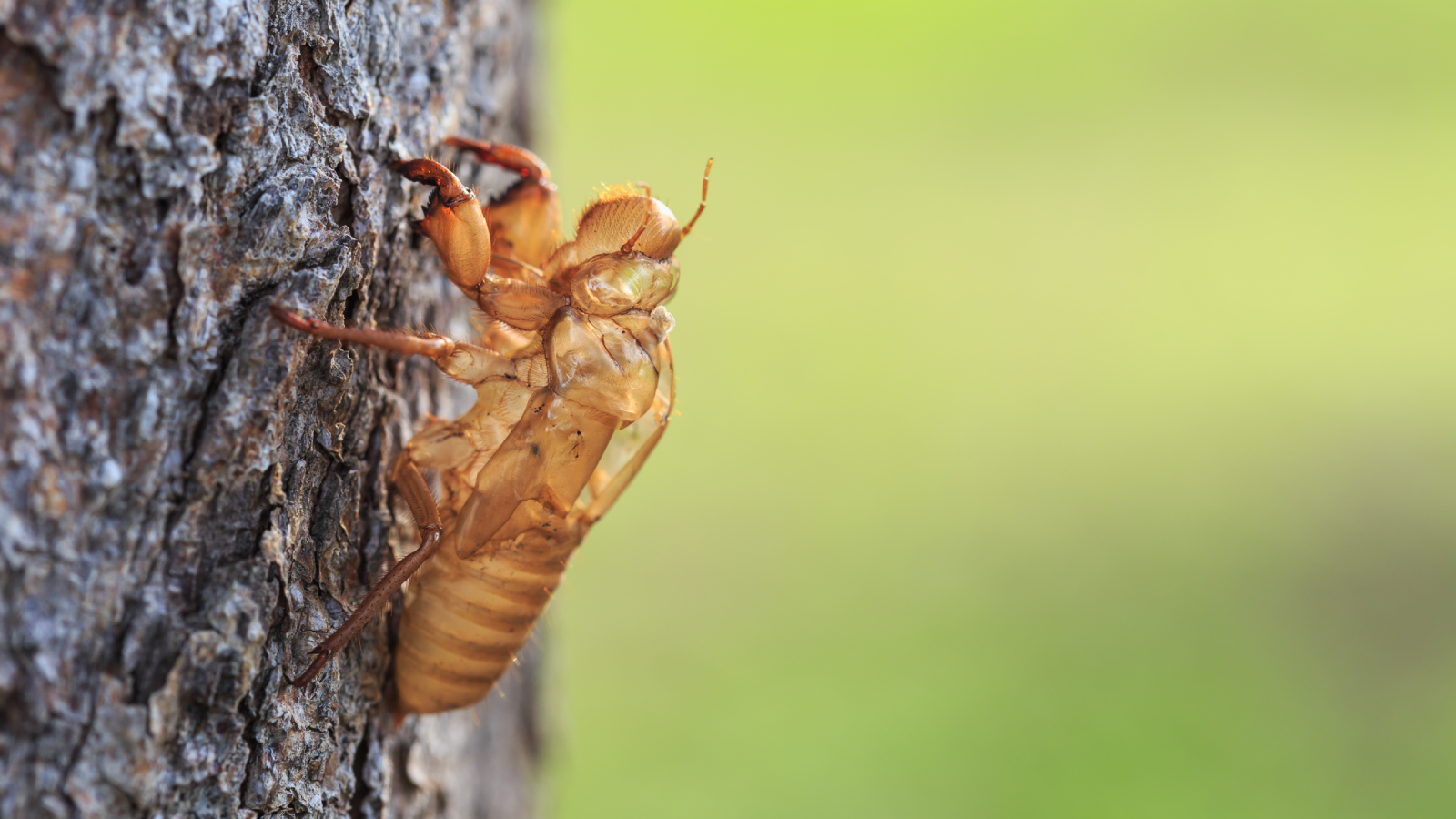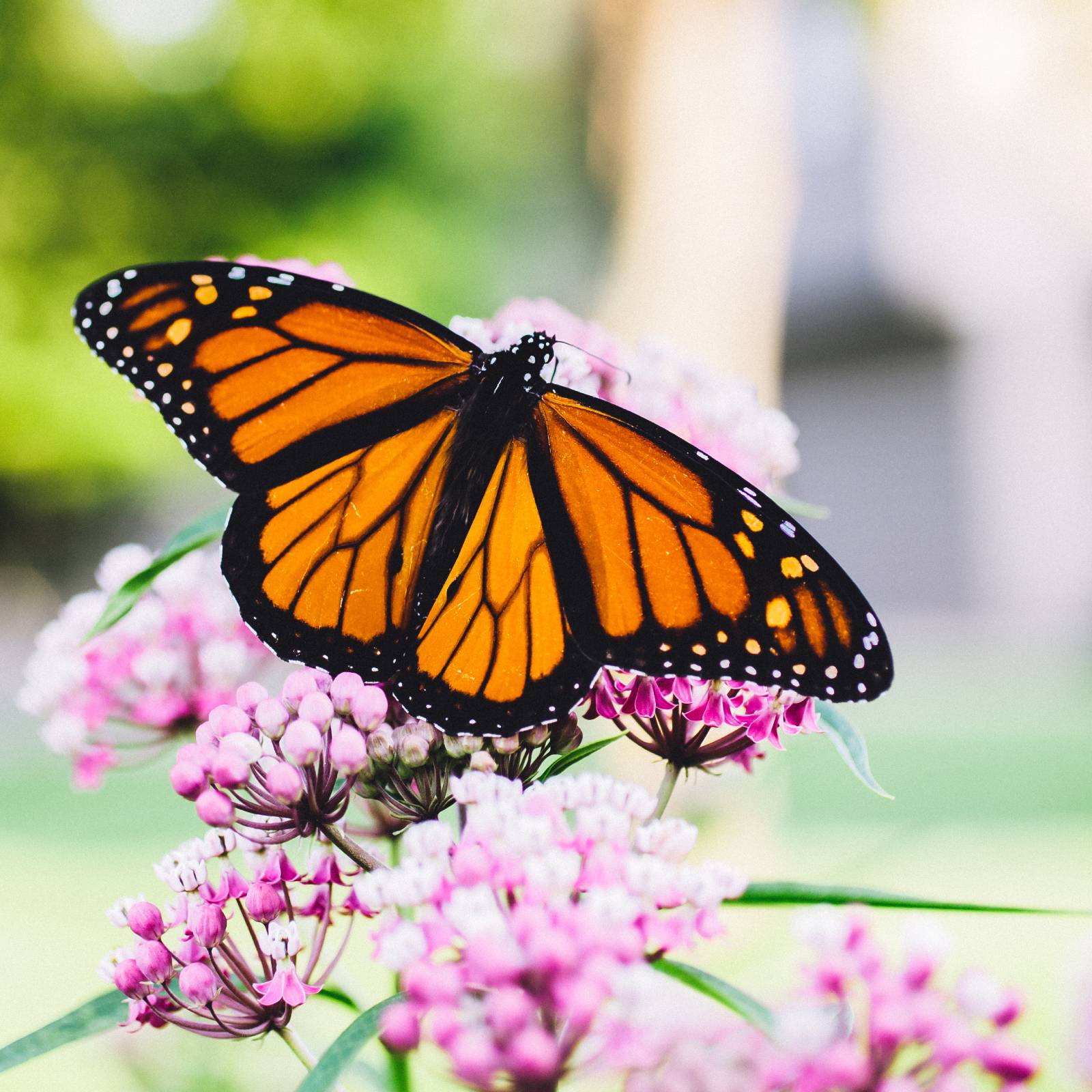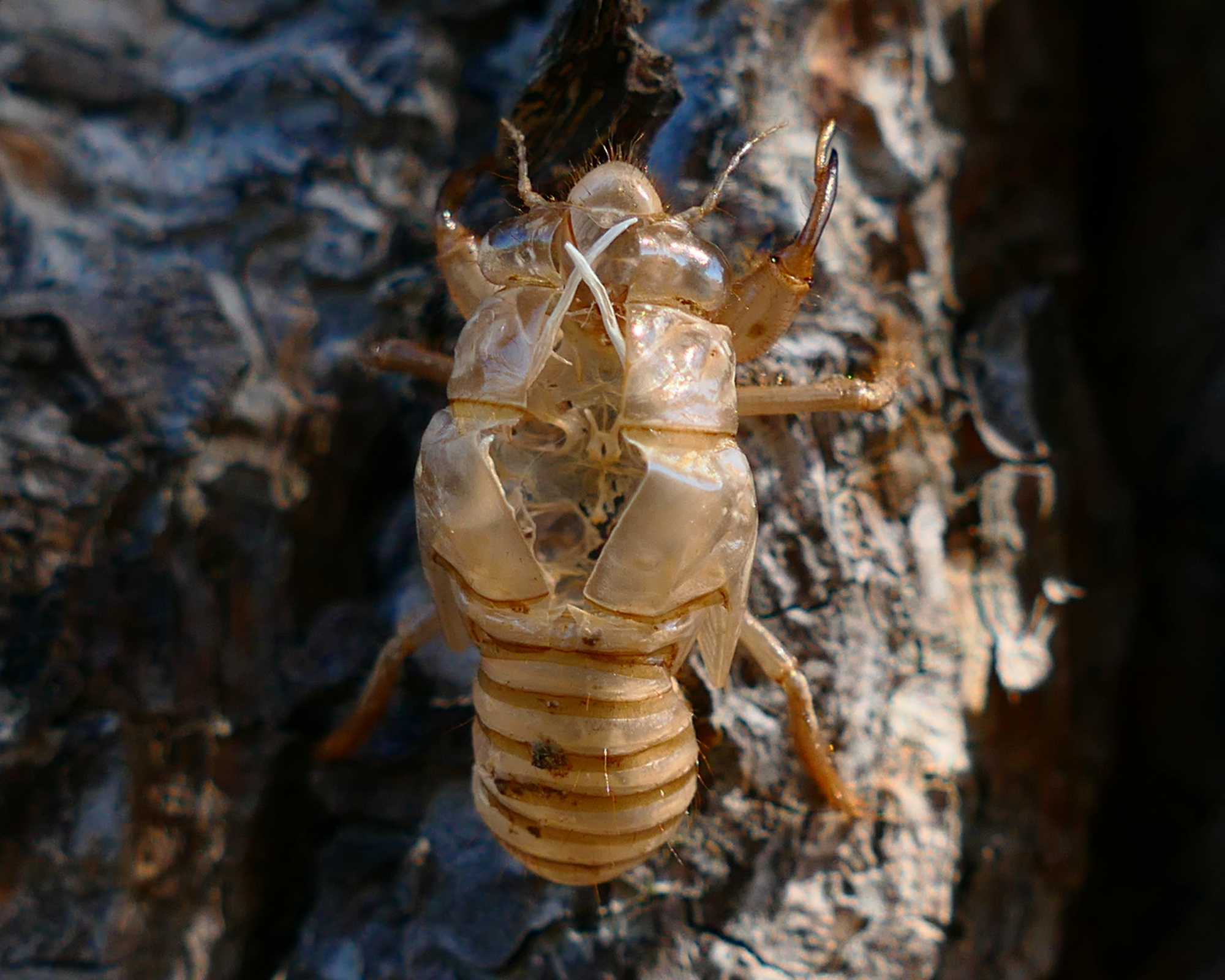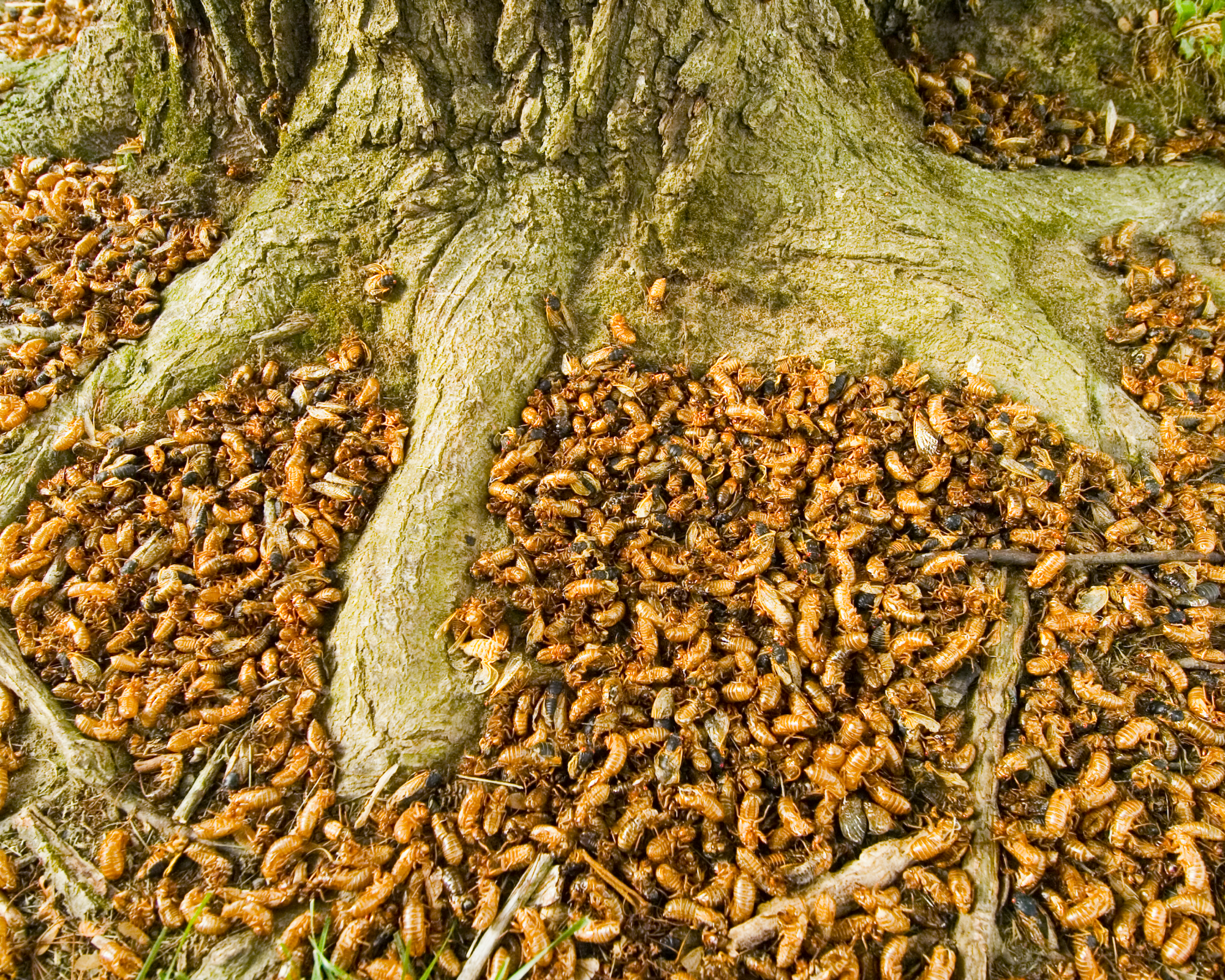Not Sure What To Do With Cicada Shells Left By Brood XIV? Turn Them Into An All-Natural Fertilizer To Turbocharge Plants
Wondering what to do with cicada shells left lingering around your yard and garden? Turn the creepy carcasses into a nutrient-rich fertilizer plants will love!


Brood XIV is upon us. The 2025 cicada invasion has begun and is expected to impact nearly a dozen states across the eastern half of the United States this June, leaving billions of cicada shells all over neighborhoods stretching from New England down to Georgia.
You may have already started to find remnants of the singing insects that only appear once every 17 years in your yard or garden. And if you’re the kind of person who likes to “waste not, want not” then you may be wondering what to do with cicada shells left all over your landscape. Is there some ingenious use for the molted casings left behind by cicadas in your garden?
Yes, there is! Gardeners, listen up, because you can turn all those creepy, crunchy cicada shells into a natural homemade fertilizer your plants will love. Here’s how to do it.

Explore everything you need to help bees, butterflies, cicadas, and other beneficial insects in the Gardening Know How Shop.
What Does a Cicada Shell Look Like?
Brood XIV, which is expected to be the second largest brood of periodical cicadas ever recorded, began emerging in late May and will continue until early July this year. However, the exact timing of the big cicada arrival depends on the local climate. Once the soil temperature reaches 64 F (17 C), they begin to emerge from the earth.
Anyone who lived through the Brood X cicada emergence in 2020 will remember the heaps of cicada shells left behind after the insects shed their nymphal forms and metamorphosed into their adult bodies. After waking up from their 17-year-long hibernation underground, cicadas climb out of the soil and into trees or other tall objects nearby to shed their shells, known as exuviae.
The brown, crunchy shells remain on trees, houses, and wherever else cicadas decide to shed them after the insects begin their loud mating songs. The shells look like complete nymphal cicadas, except they are hollow. The cicadas leave behind their entire exoskeleton, including their old respiratory system, when they molt.

What to Do With Cicada Shells in Your Garden
If your yard or garden is covered in a sea of molted bug bodies, you may be wondering if there are any cicada shell uses that could benefit your landscape. Lucky for you, nutrient-rich cicada shells are full of goodies for your garden soil and compost pile.
Sign up for the Gardening Know How newsletter today and receive a free copy of our e-book "How to Grow Delicious Tomatoes".
One study from the Ecological Society of America shows that cicada fertilizer strongly increased tree growth in the year of emergence and the two years following. So the answer to the question, “Are cicada shells good fertilizer?” is a resounding, “Yes!” Cicada shells are rich in nitrogen and help feed beneficial bacteria and fungi in the soil that in turn help plants thrive.
How to Make Cicada Fertilizer
There are a few different ways you can use cicada shells to fertilize your garden. Let’s take a look at how to make the most of these leftover beneficial insects in your yard this summer:
1. Leave Cicada Shells Where They Are
The easiest way to use cicada shells as a fertilizer is to leave them where they are in your yard or garden and let them decompose naturally. Just like when you leave fall leaves to decompose in situ, cicada shells will break down and feed lawns and garden beds over the course of the season.
Though this method is extremely easy, it does have one potential drawback: the smell. Decomposing cicada shells, like any decomposing material, can emit an unpleasant odor.

2. Bury the Cicada Shells
If you’re worried about a stinky aroma, this next method is a simple solution. Dig a large hole and bury cicada shells in your garden bed. You can dig smaller holes around specific plants you’d like to feed or try trench composting cicada shells between rows in your vegetable garden.
This cicada fertilizer method masks the smell, but lets plants reap all the same benefits. Burying shells also helps them break down faster, which means a quicker dose of nutrients for your garden.
3. Add Cicada Shells to Your Compost Pile
Cicada shells are a great source of nitrogen, so they make an ideal “green” addition to compost piles. If you already compost at home, or if you’re interested in starting a compost pile, simply add the cicada shells to your pile or bin and layer with a dose of “brown” to help hide the smell.
4. Use Cicada Shells as Mulch
The final way to use cicada shells in your garden is to turn them into mulch. Rake or shovel cicada shells into a pile or bucket to make them easier to spread. If you’re brave, you can pick them up with your hands.
I’m a bit too squeamish to do this barehanded, but with a pair of Womanswork gloves from the Gardening Know How Shop, I’d feel totally safe to touch the cicada carcasses. You can either crush the shells or lay them whole as a mulch around plants.
This article features products available from third party vendors on the Gardening Know How Shop. Keep in mind that our plant inventory is limited—so if you’re thinking of purchasing, don’t wait!

Laura Walters is a Content Editor who joined Gardening Know How in 2021. With a BFA in Electronic Media from the University of Cincinnati, a certificate in Writing for Television from UCLA, and a background in documentary filmmaking and local news, Laura loves providing gardeners with all the know how they need to succeed, in an easy and entertaining format. Laura lives in Southwest Ohio, where she's been gardening for ten years, and she spends her summers on a lake in Northern Michigan. It’s hard to leave her perennial garden at home, but she has a rustic (aka overcrowded) vegetable patch on a piece of land up north. She never thought when she was growing vegetables in her college dorm room, that one day she would get paid to read and write about her favorite hobby.